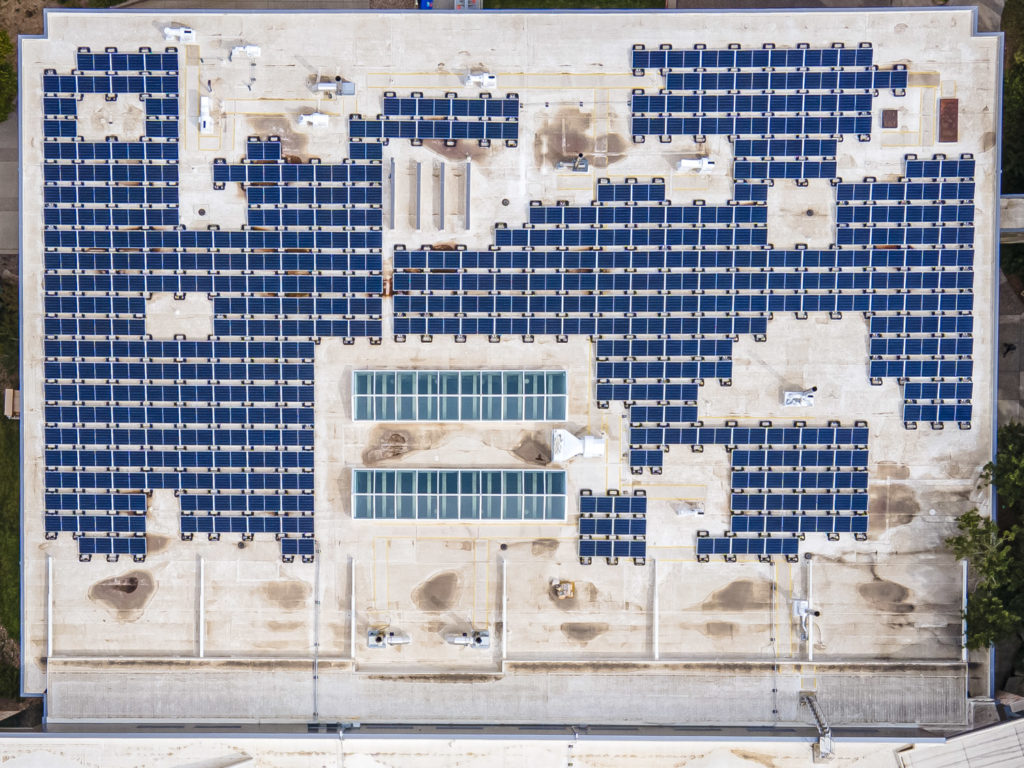
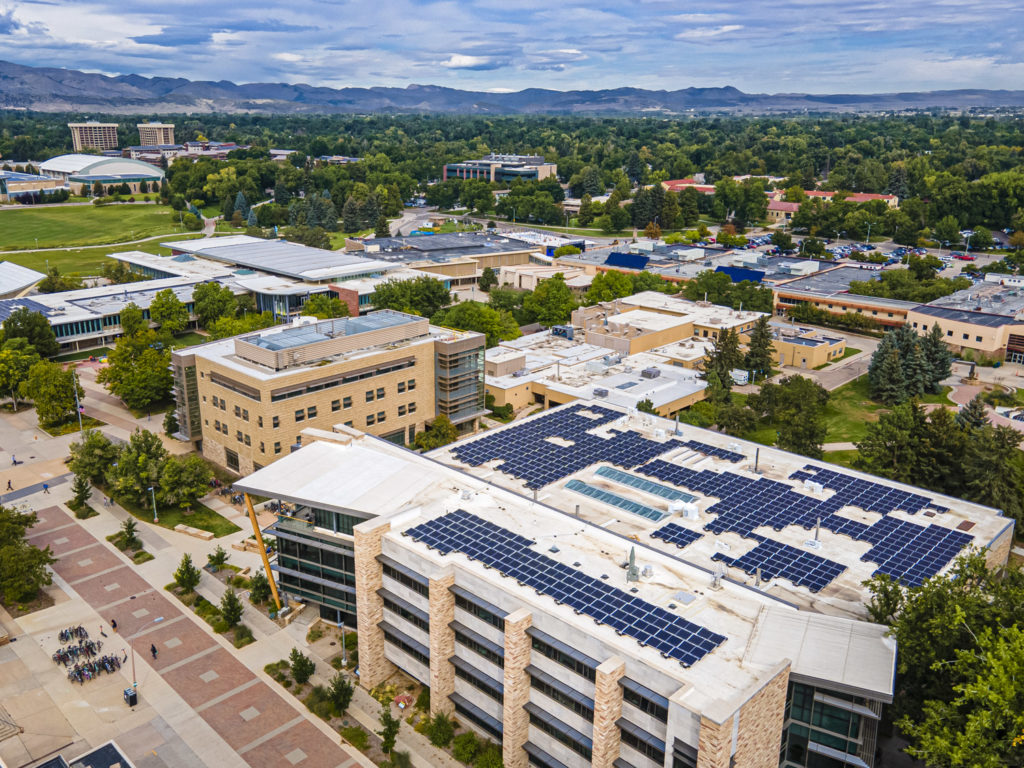
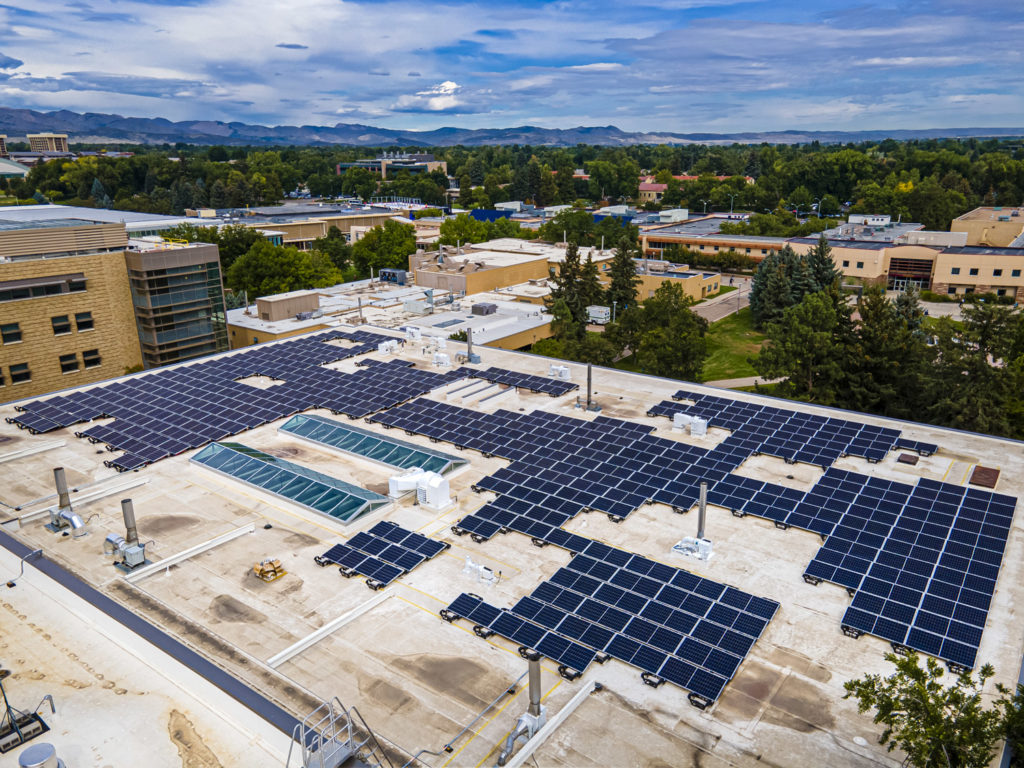
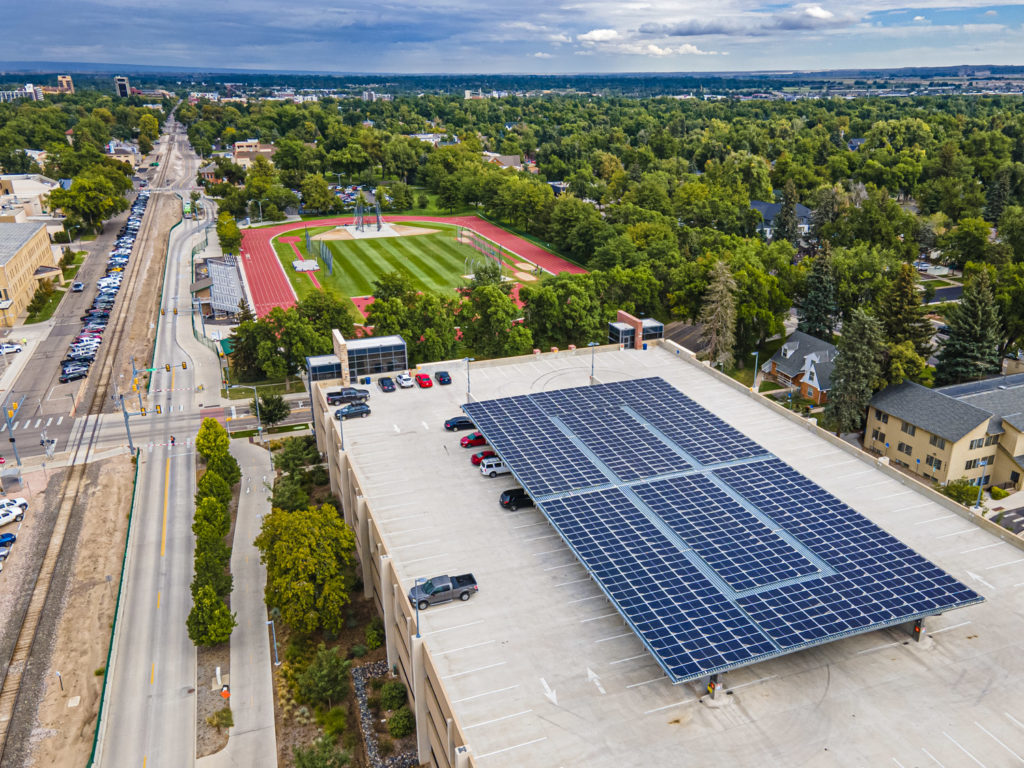
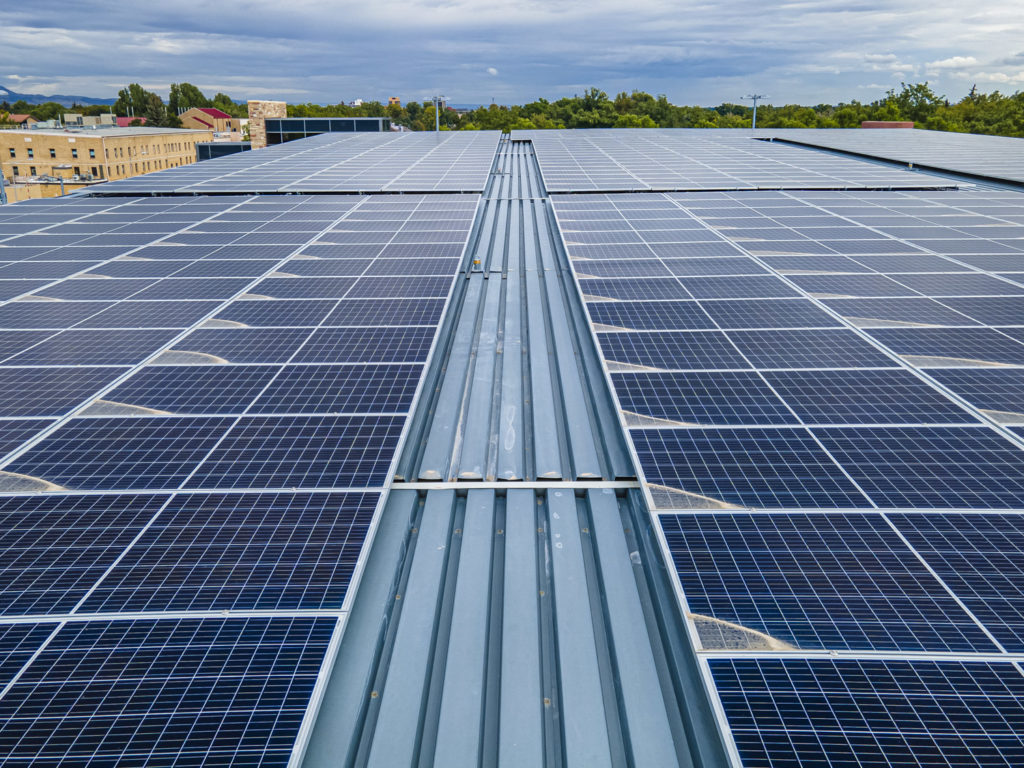
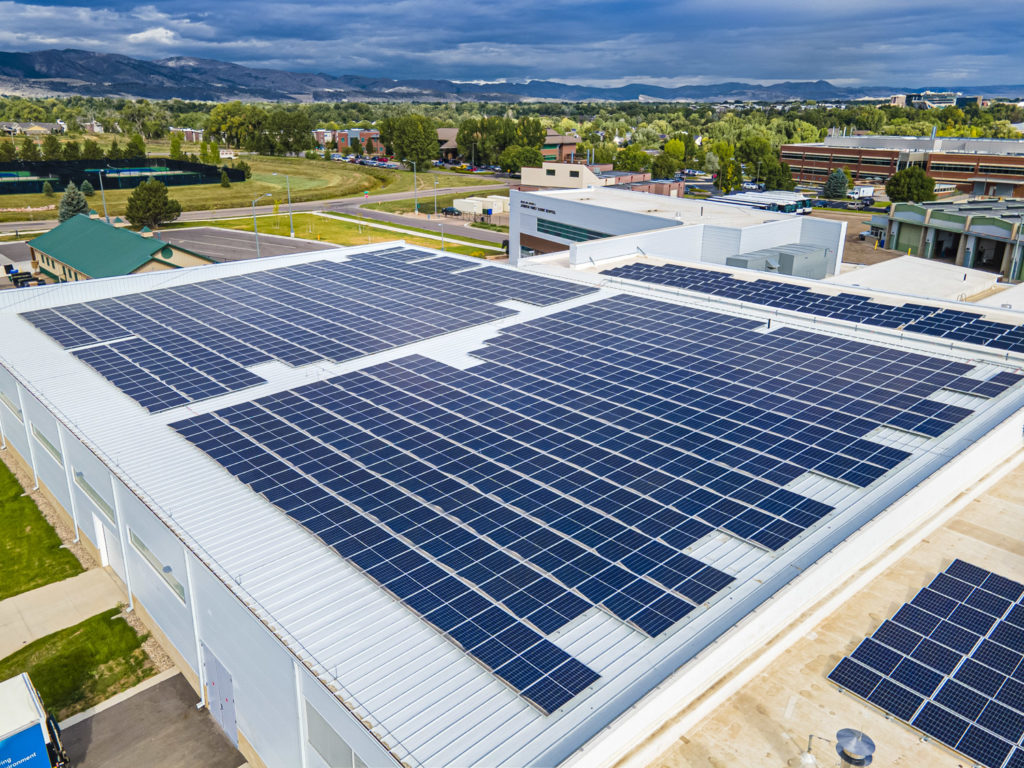
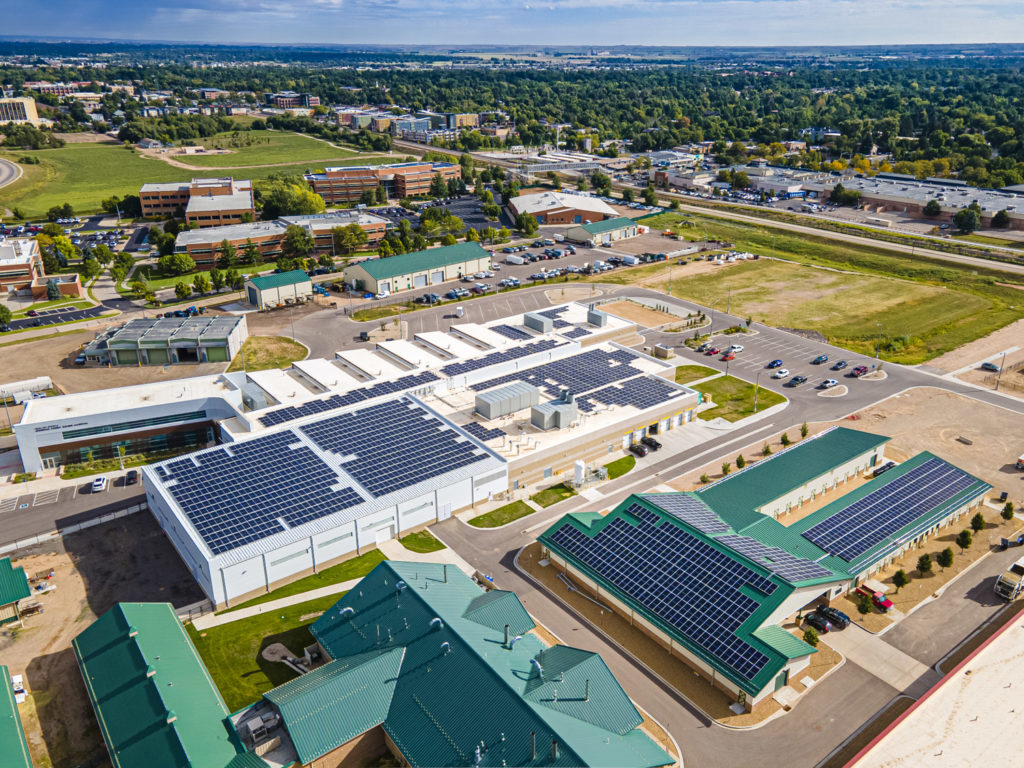
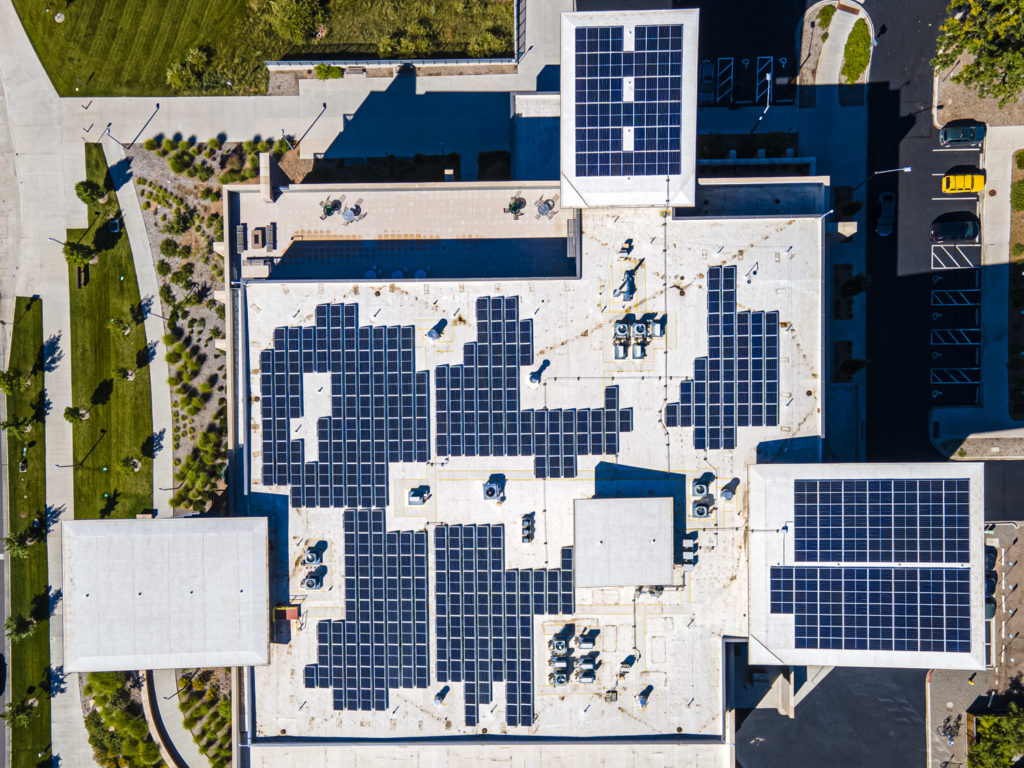
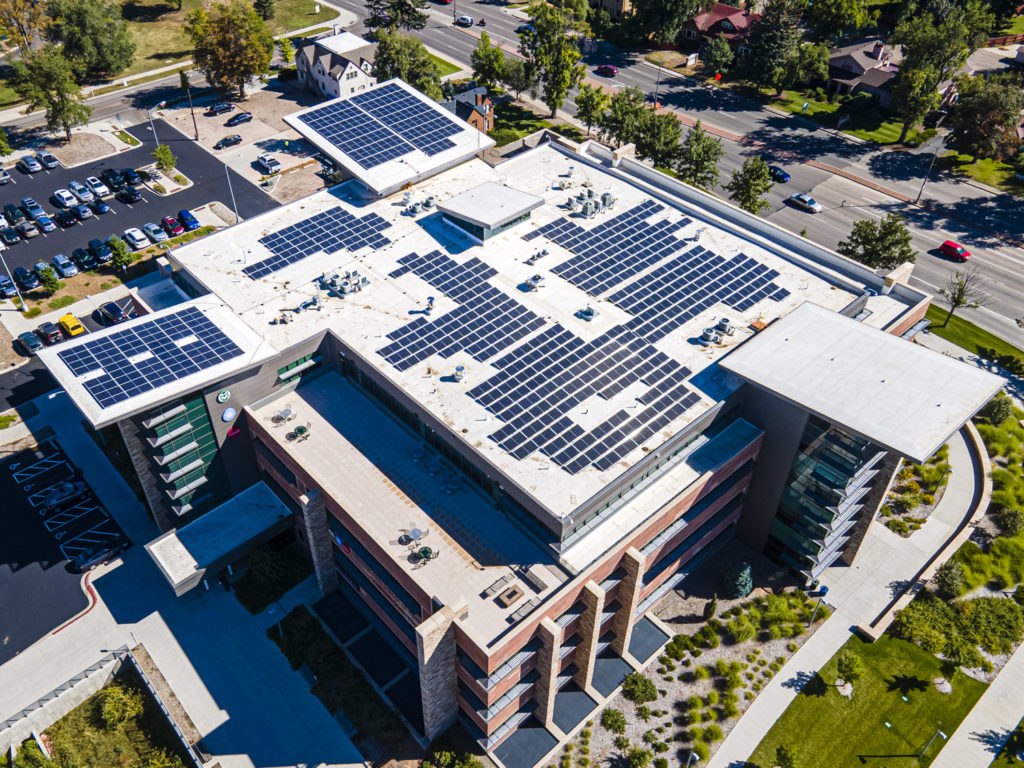
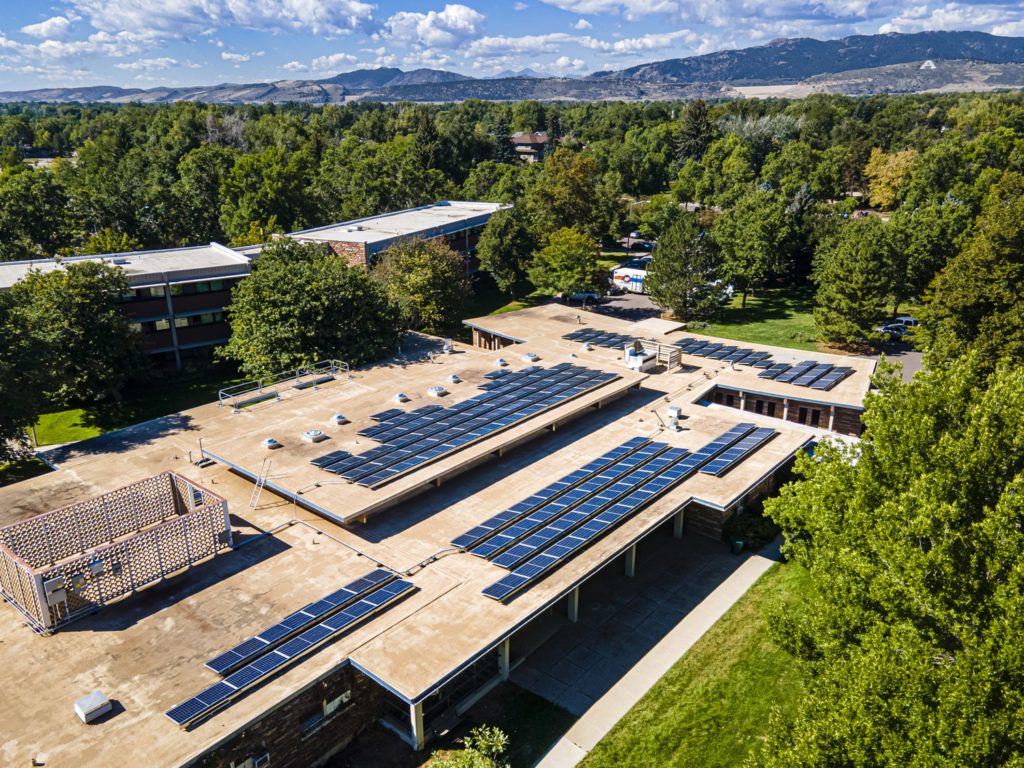
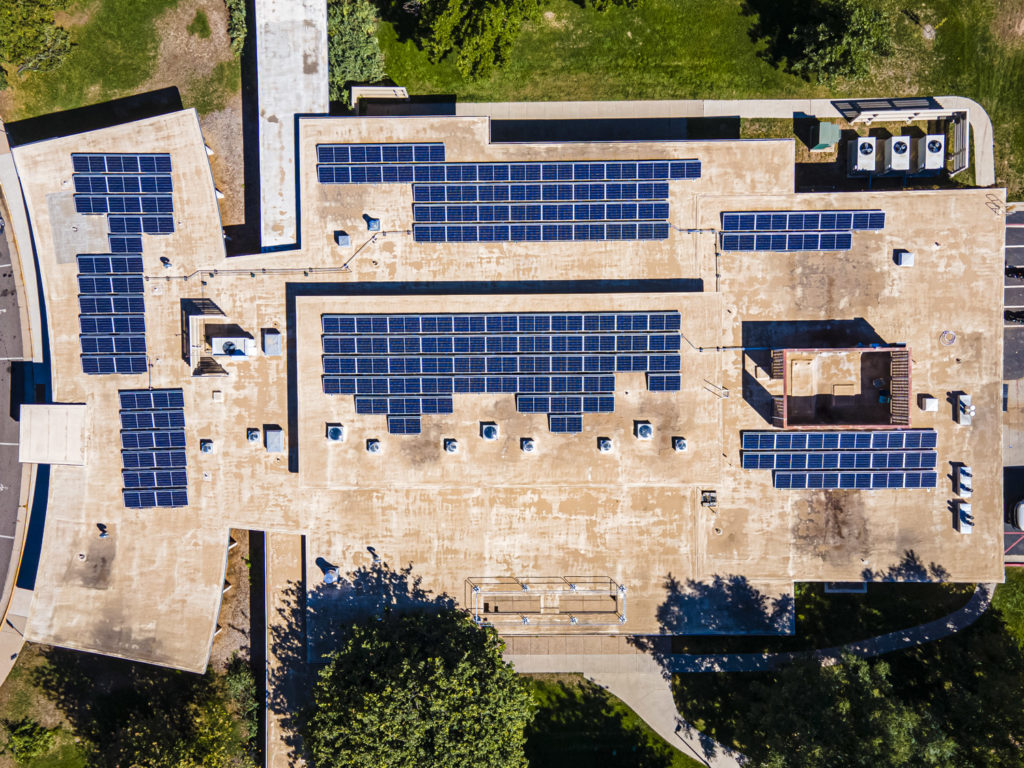
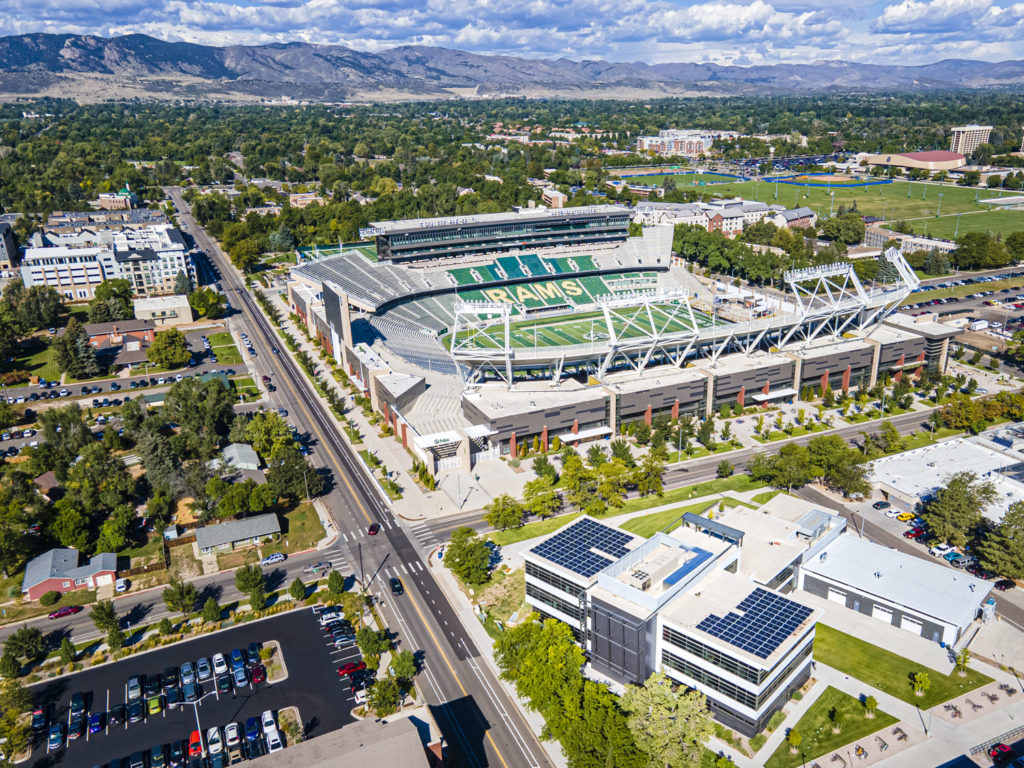
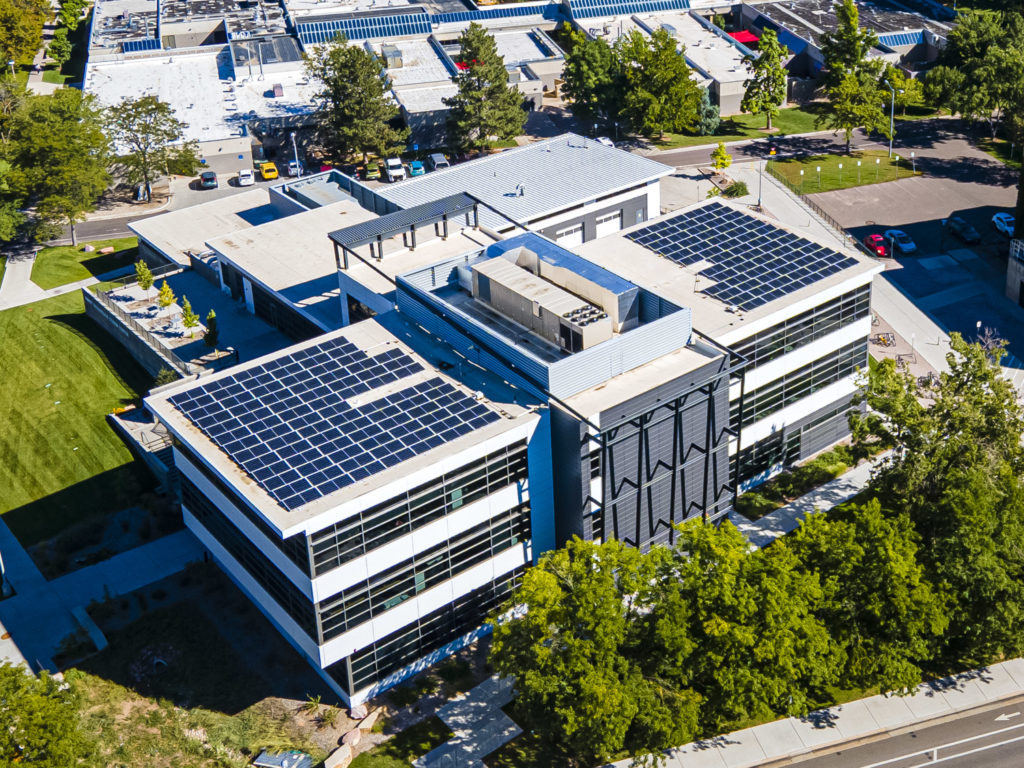
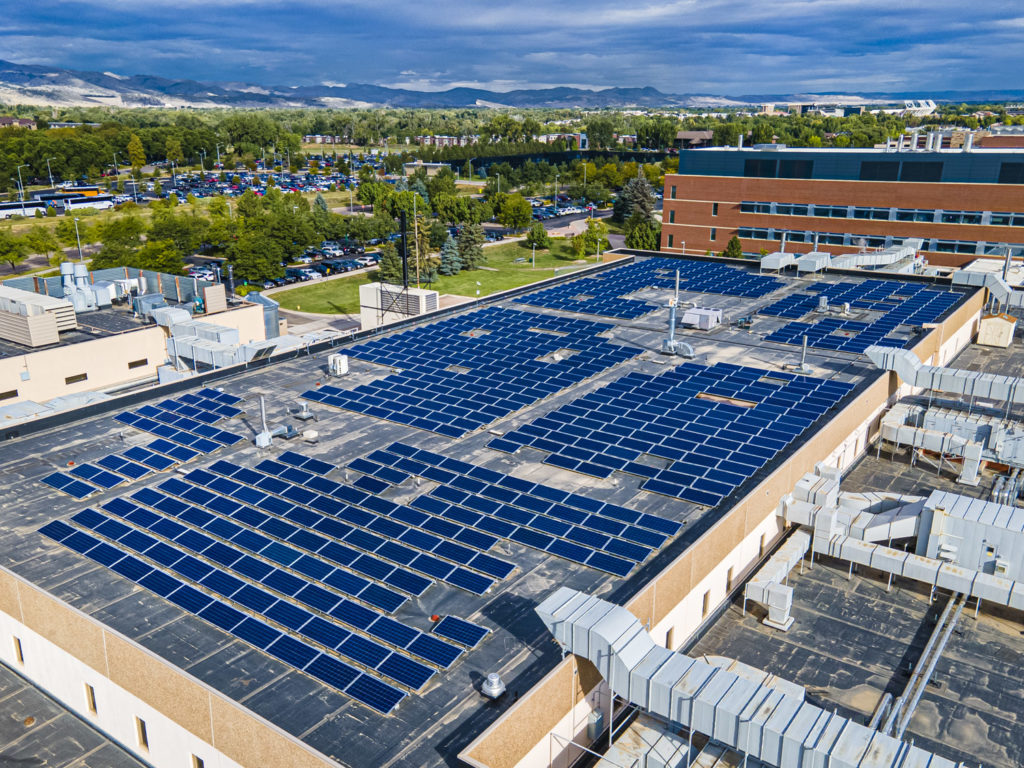
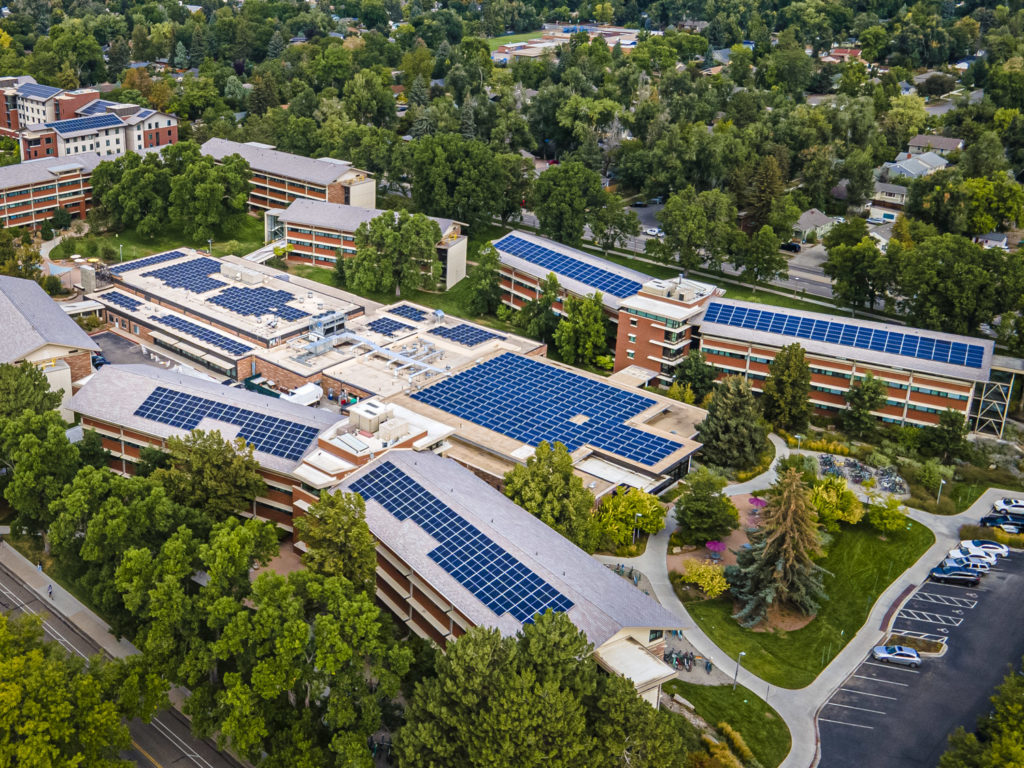
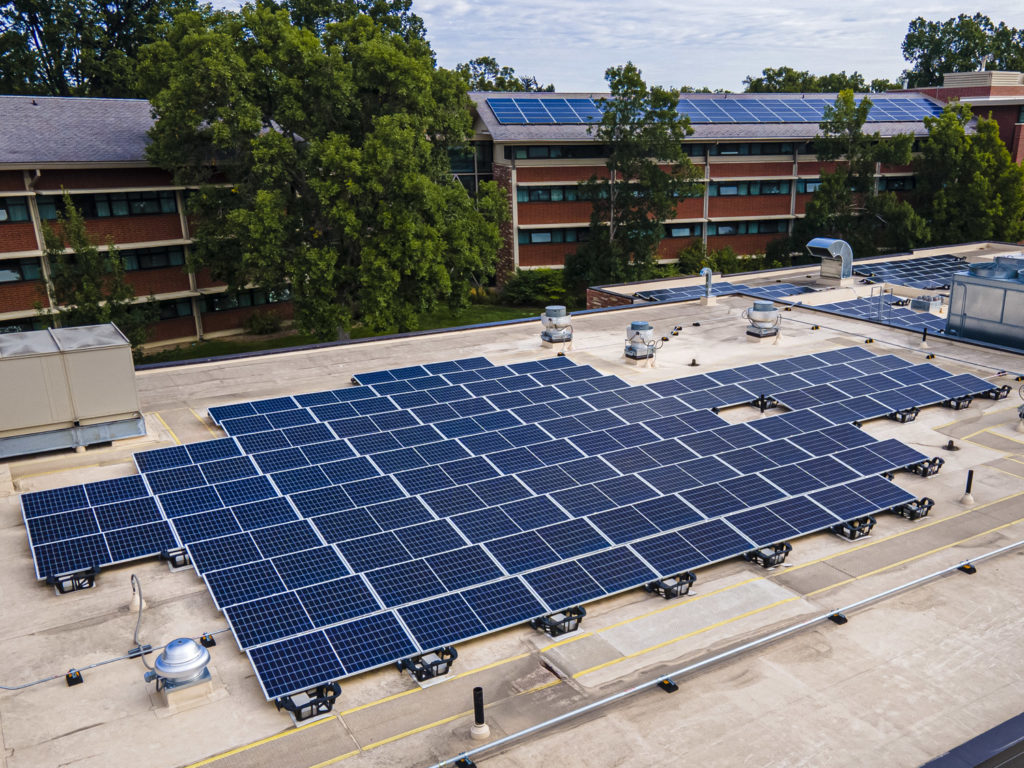
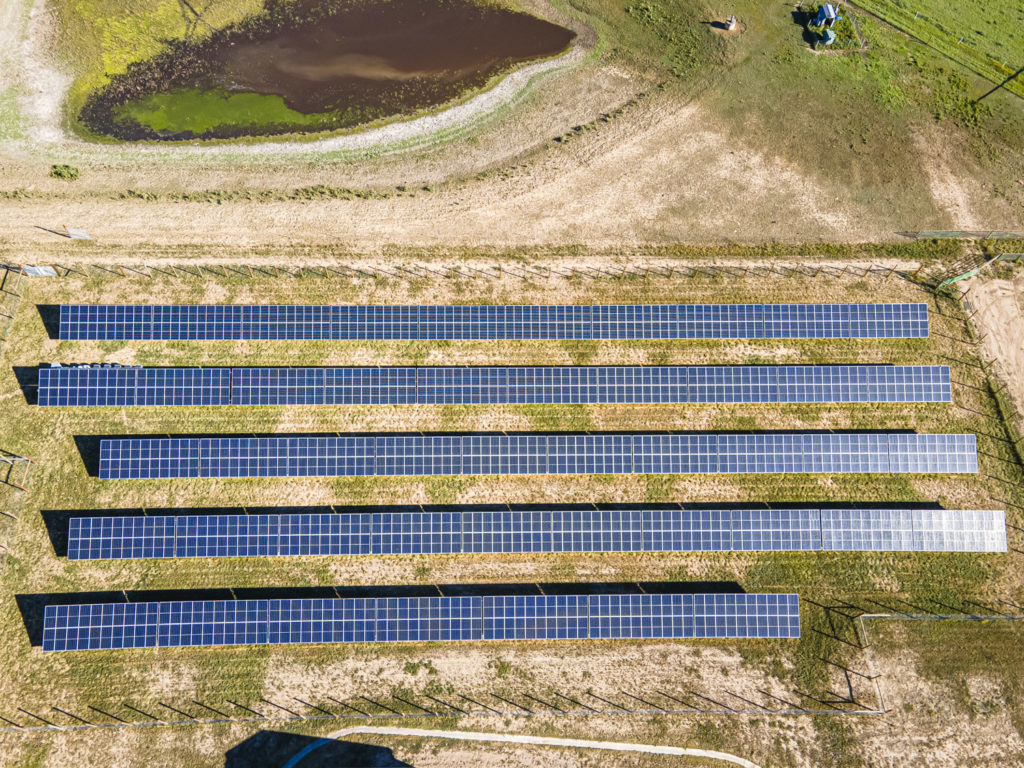
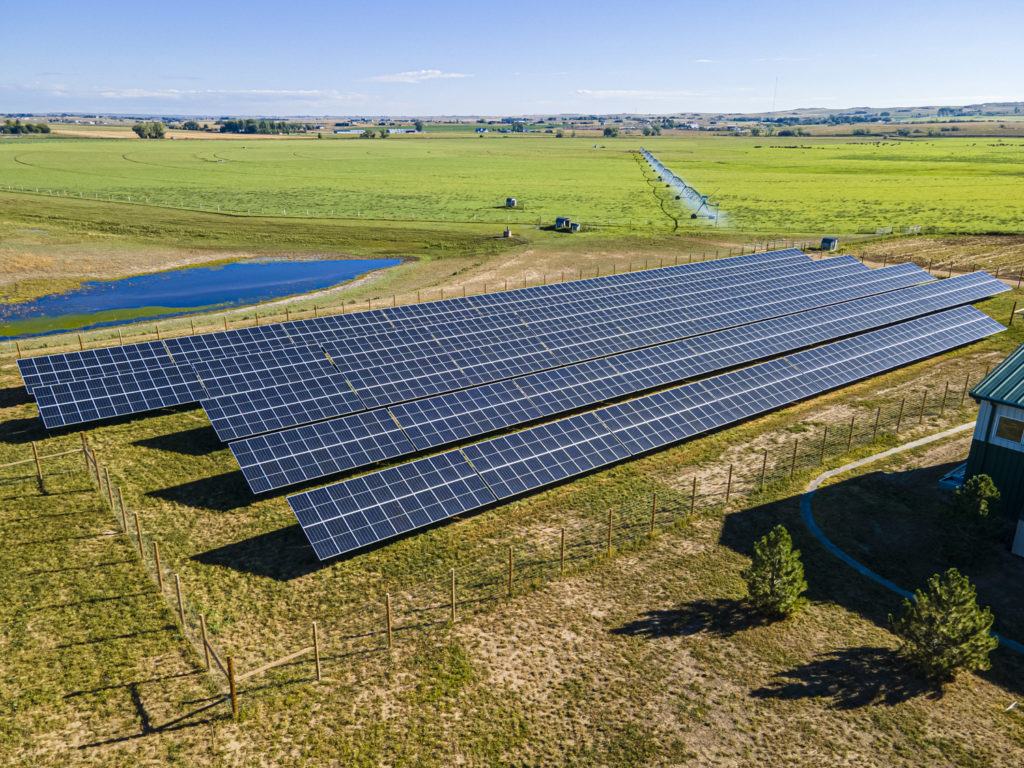
Photos courtesy Namaste Solar.
Given that its home has nearly 300 days of sunshine a year, it’s no surprise that the future of solar is bright at Colorado State University – and it’s now even brighter.
CSU has added 20 new solar arrays to sites across its campuses in Fort Collins and is now home to 41 such installations. This brings the University even closer to its goal of 100% renewable electricity by 2030.
The project is powered by an agreement with locally-based and Certified B Corporations Solaris Energy and Namaste Solar. Standard Solar is the project’s long-term owner and operator.
By the numbers:
The 20 new solar installations will provide CSU will enough power to offset:
- 827 homes’ electricity use for one year.
- 7.4 million miles driven by an average gasoline-powered vehicle.
- Carbon sequestered by 3,526 acres of U.S. forests in one year.
Namaste Solar designed and constructed the solar arrays. Solaris Energy provided the financing, contract and development services for the project. Standard Solar will be the owner and provide long-term operations and maintenance. CSU will pay a fixed rate for the solar energy throughout the lifespan of the arrays, but will retain ownership of the Renewable Energy Credits attributed to the new systems in order to help meet its climate goals. This means that CSU will be paying the same amount for the power coming out of the solar arrays in 2050 as it does today.
“It’s a great investment for the University and it allows us to get solar on our buildings at a very low financial risk,” said Carol Dollard, an energy engineer at CSU.
Campus leaders including Interim President Rick Miranda; project partners from Namaste, Solaris and Standard Solar; and Gov. Jared Polis gathered at CSU on Oct. 11 to celebrate solar at CSU. See photos of the event below:
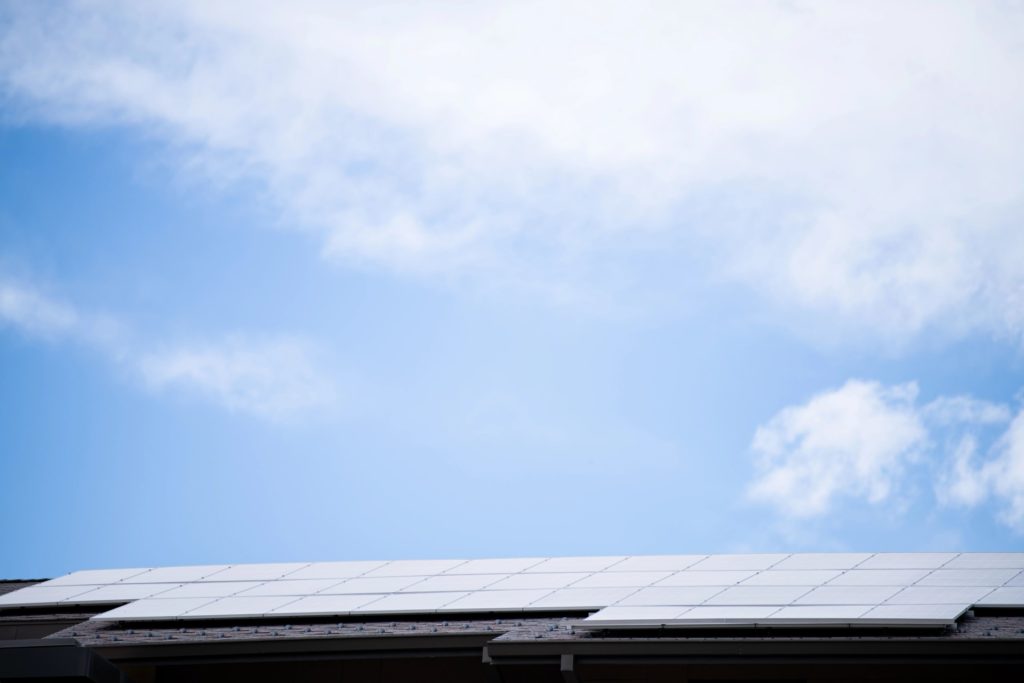
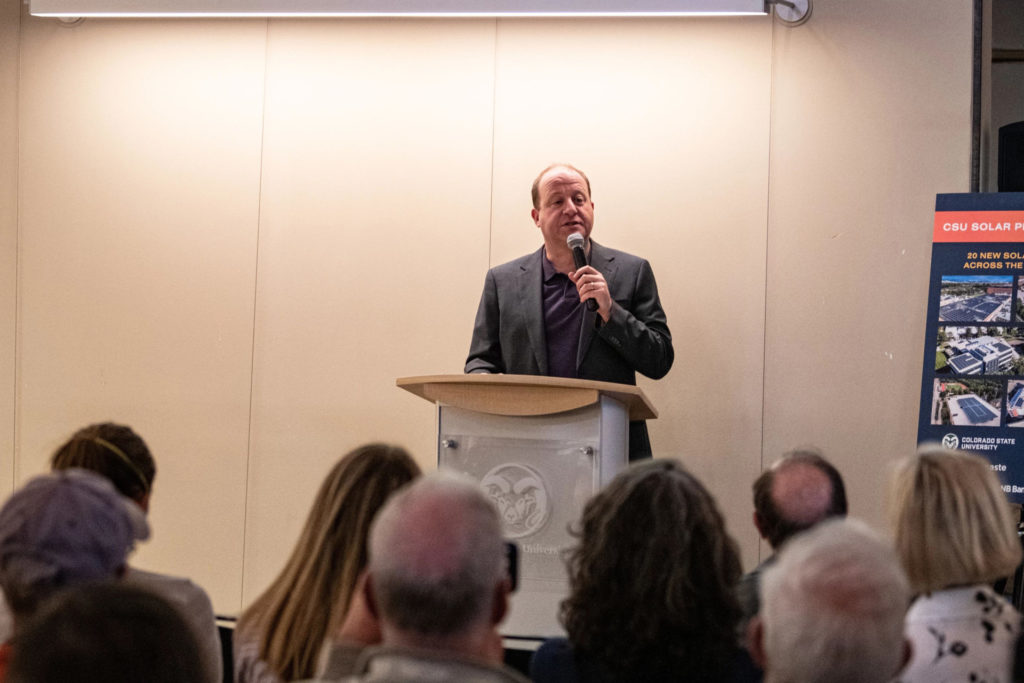
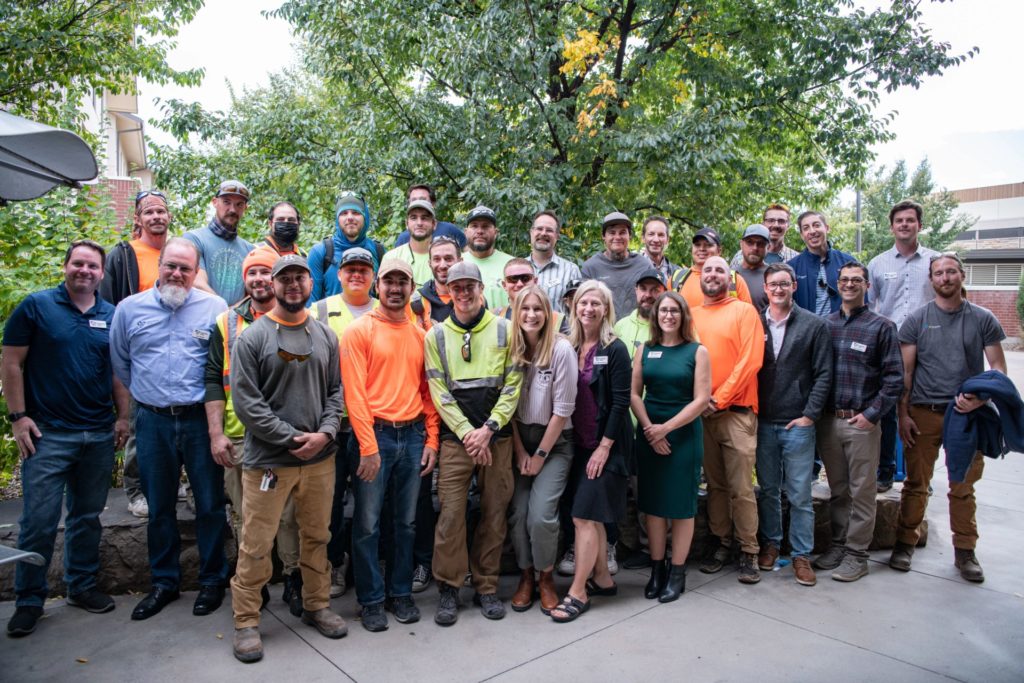
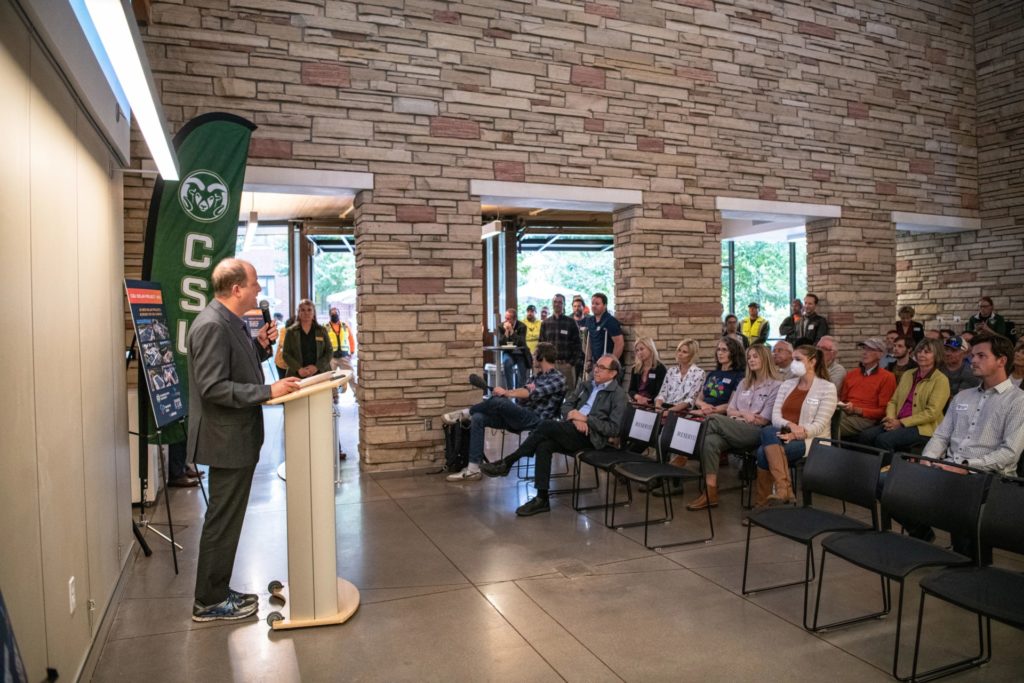
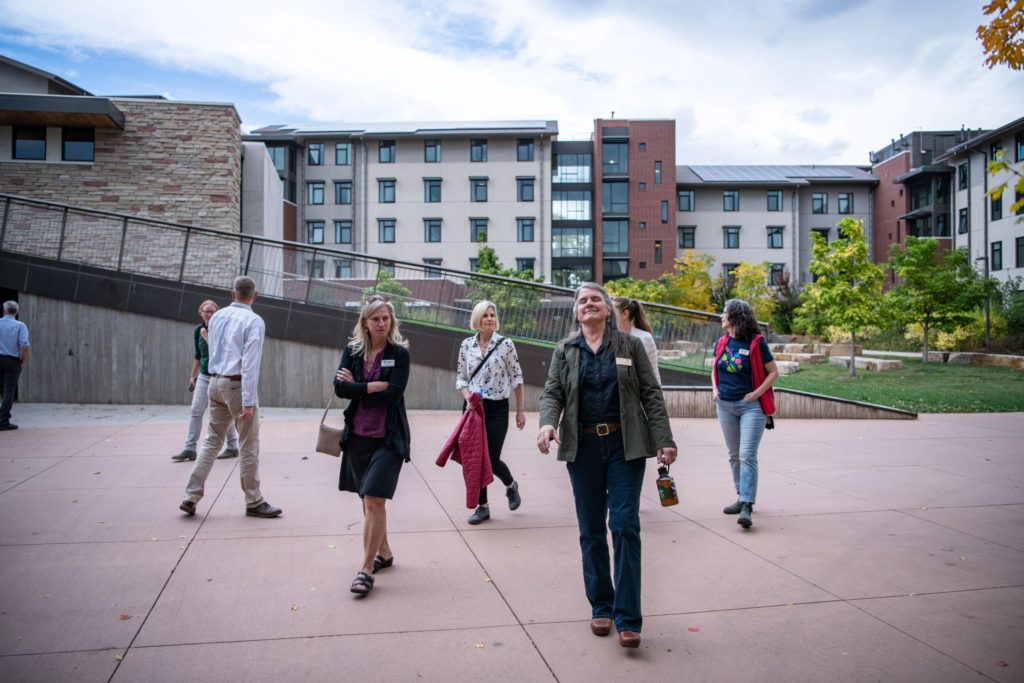

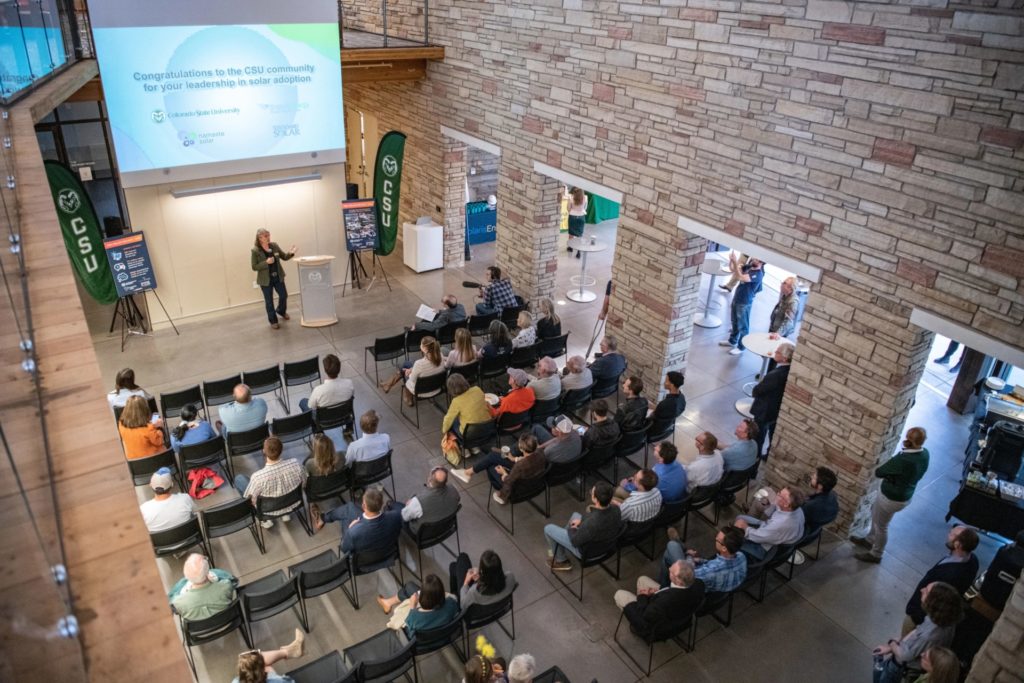
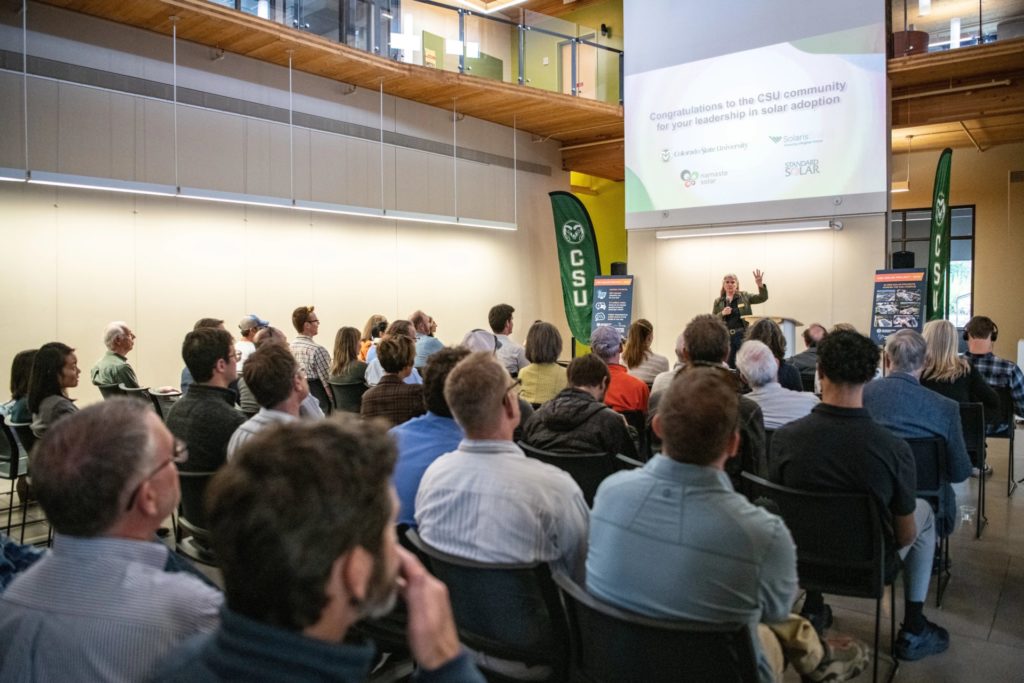
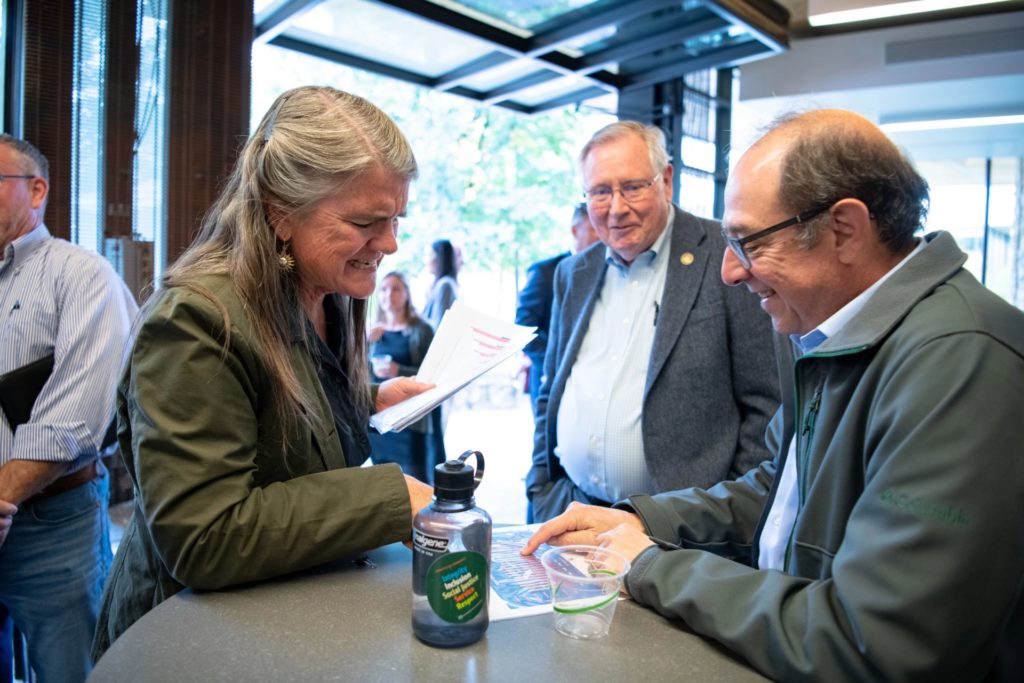
Photos: Garrett Mogel, CSU Photography
The following buildings are now home to new solar arrays thanks to this project:
- Laurel Village (Alpine and Pinon).
- Corbett Hall.
- Warner College of Natural Resources.
- Johnson Family Equine Hospital.
- Nancy Richardson Design Center.
- Global Foods Innovation Center.
- South College Parking Garage.
- Translational Medicine Institute.
- Equine Performance Analysis Facility.
- Parmelee Hall.
- Agricultural Research, Development and Education Center.
- Natural Resources Research Center (buildings B and D).
- CSU Health and Medical Center.
- Aggie Village North (Cottonwood, Lodgepole and Walnut).
- Two ground-mounted installations on the SW edge of the Foothills Campus.
Powering the future at CSU
Dollard said solar is just one component of CSU’s plan to be powered by 100% renewable electricity by 2030. The University’s strategy involves everything from energy reduction to wind to the Moby geoexchange system, which was recently recognized by industry leaders as the project of the year.
Solar first came to CSU in 2009, when the University installed its first array on the Engineering Building in partnership with the Colorado Energy Office. It was the largest array in Fort Collins at the time.
Shortly thereafter, the University installed a 30-acre solar plant at Christman Field on the Foothills Campus. The 5.3 megawatt plant provides about 25% of the electricity needs for the 1,438-acre campus.
Other buildings that are home to solar installations include the Lory Student Center, Morgan Library, Student Recreation Center, University Center for the Arts, Veterinary Teaching Hospital, Behavioral Sciences Building, Academic Village, Braiden Hall and Edwards Hall.
The interactive map below highlights all of the sustainability projects at CSU: